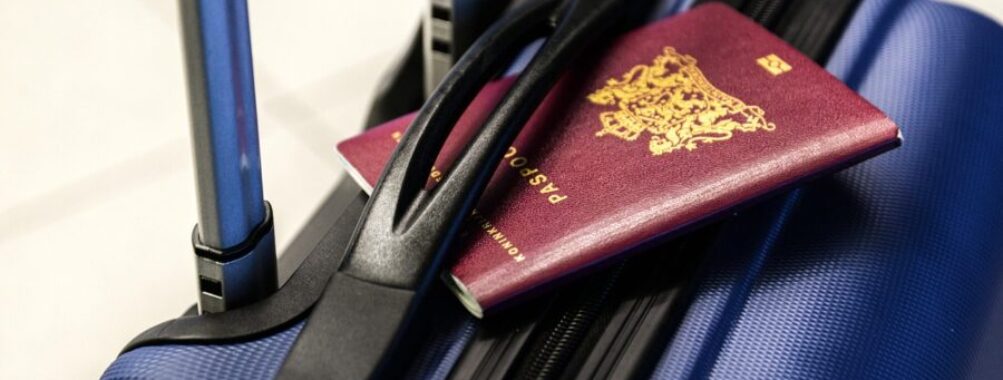
How to Handle Lost Passport Abroad: 7 Expert Steps to Regain Control Quickly
Losing your passport in another country? That’s a gut-punch, isn’t it? I’ve felt that awful drop in my stomach before—once at a sleepy train station in Eastern Europe, and I’ll admit, panicking made everything ten times worse. If your passport disappears abroad, report it immediately and reach out to the nearest embassy or consulate—they’re your lifeline for a replacement.
You’ll have to round up a few documents and fill out some forms (honestly, sometimes that feels harder than the travel itself). The upside: you can usually walk away with an emergency passport or temporary travel doc, so your adventure doesn’t have to crash and burn. With a bit of know-how and some quick moves, you can get back on track—and maybe sidestep this headache next time.
Table of Contents
- Key Takeaways
- Understanding What To Do Immediately After Losing Your Passport
- Verifying Loss and Staying Calm
- Securing Your Safety and Emergency Contacts
- Recognizing Stolen vs. Lost Passport Scenarios
- Reporting a Lost or Stolen Passport to Local Authorities
- How to Report Your Passport Loss to the Police
- Getting an Official Police Report
- Contacting Your Country’s Embassy or Consulate
- Locating the Nearest Embassy or Consulate
- Scheduling a Consulate Appointment
- Communicating With Consular Staff
- Preparing Necessary Documents for a Replacement Passport
- Proof of Identity and Citizenship
- Required Passport-Sized Photos
- Gathering Supporting Documents
- Filling Out Passport Loss and Replacement Forms
- Form DS-64: Statement Regarding a Lost or Stolen Passport
- Form DS-11: Passport Application for a Replacement
- Emergency and Temporary Travel Documents
- Obtaining an Emergency Passport
- Applying for a Temporary Travel Document
- Dealing With Travel Plans and Itinerary Limitations
- Adjusting Travel Itinerary Due to Passport Loss
- Informing Your Provider and Travel Insurance
- Passport Fees and Payment Advice
- Replacement Passport Fees and Accepted Payment Methods
- Handling Unexpected Expenses Abroad
- Tips to Prevent Passport Loss for Future Trips
- Using Secure Storage and Digital Backups
- The Benefits of the Smart Traveler Enrollment Program
- Keeping Emergency Contact Information Handy
- Renewing or Replacing Your Passport After Returning Home
- Applying for Passport Renewal
- Monitoring Passport Delivery and Status
- Frequently Asked Questions
- What immediate steps should I take after realizing my passport is lost while abroad?
- What are the costs associated with replacing a lost passport in a foreign country?
- What specific forms and documents are required to obtain a replacement for a lost passport overseas?
- Can you explain the process and timeline for acquiring an emergency travel document if I have imminent international travel plans?
- What are the consequences of traveling without a passport due to its loss in another country?
- How can a U.S. citizen re-enter the country without a passport after losing it abroad?
- Book Your Dream Experience
- More Travel Guides
Key Takeaways
- Act fast and report your lost passport immediately.
- Prepare documents and contact your embassy for help.
- There are ways to prevent losing your passport in the future.
Understanding What To Do Immediately After Losing Your Passport
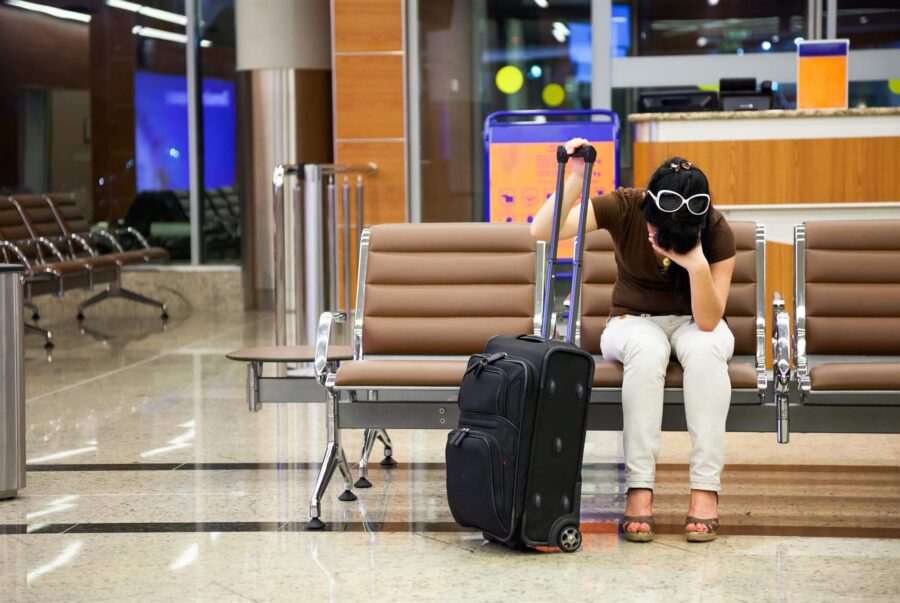
Losing a passport abroad is stressful, but your first actions matter more than you might think. Move quickly, stay calm, and you’ll have a much better shot at fixing things with minimal pain.
Verifying Loss and Staying Calm
Before you spiral, check everywhere. Think back: did you stash your passport in the hotel safe, that weird pocket in your bag, or maybe between the pages of a book? I’ve found mine in all three. Slow down and retrace your steps.
If it’s truly gone, remember—you’re not the only traveler who’s been here. Freaking out just muddies your thinking. Take a deep breath and accept it: you can sort this out, but you’ll need to keep your head clear.
Securing Your Safety and Emergency Contacts
Your safety comes first. If you lost your passport in a sketchy spot or it’s late, get to a busy, well-lit area. Don’t wander around with your stuff on display.
Let someone know what’s happened—a friend, family, or your emergency contact. It’s smart to have someone aware of your situation. Save local emergency numbers, your embassy, and your hotel in your phone. And if you’ve got travel insurance, pull up that policy now.
Recognizing Stolen vs. Lost Passport Scenarios
Figure out if your passport was stolen or just misplaced. If your bag’s been tampered with or other valuables are missing, you’re probably dealing with theft. You’ll need to report this to local police for a loss report—your embassy will want that.
But sometimes, you just lose it. Before you assume the worst, check hotel lost and founds or tourist info desks. I once had a friend “lose” his passport for days—turned out it was buried with his snacks.
Once you’re sure it’s gone for good, fill out the right forms (Americans, that’s usually DS-64) and reach out to your embassy or consulate. If it’s stolen, report it right away—identity theft is a real risk.
Reporting a Lost or Stolen Passport to Local Authorities
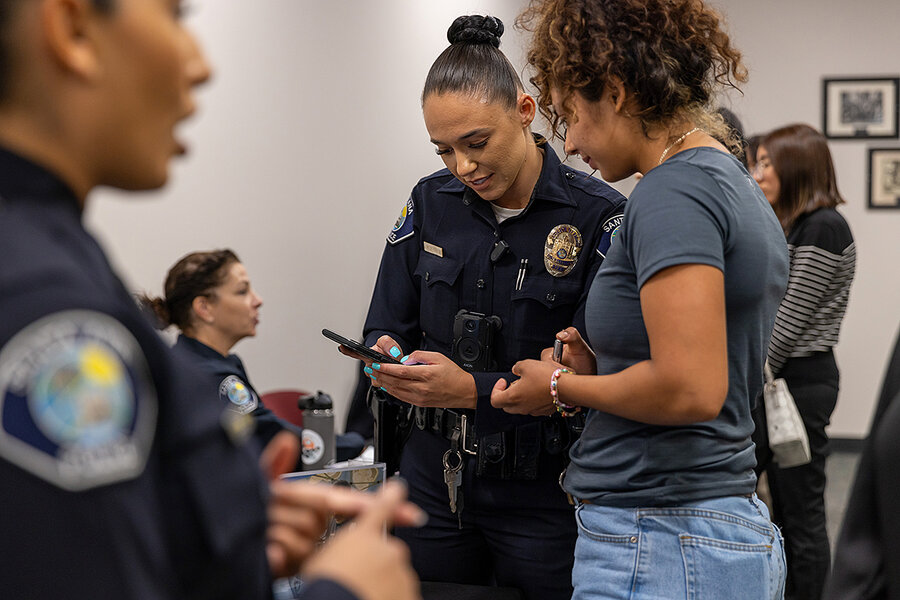
When your passport vanishes overseas, keep your cool and head to the local authorities. Acting quickly here can actually save you hours of hassle later.
How to Report Your Passport Loss to the Police
Find the nearest police station. In most places, you’ll need to report a lost or stolen passport in person. If you’re worried about the language barrier, don’t stress—gestures and a few key words go a long way. I muddled through in Rome with just “passaporto” and “perso.”
Bring any ID you’ve got left and a photocopy of your passport if you have one. Explain what happened—when and where you noticed it was missing, and if you think it was stolen. If you struggle with the language, ask for an interpreter or use a translation app. Google Translate has saved me more than once.
Write down the details before you go—stress makes people forget things. Bullet points help:
- Where you last had your passport
- What you were doing
- Anyone acting suspicious
More info makes things easier.
Getting an Official Police Report
After you explain, ask for a written police report. Sometimes you’ll get it right away; in some places, you might have to come back later. Don’t leave without it—this document is crucial for embassies and border crossings.
Check the report for your name, passport details, dates, and incident facts. If you spot errors, ask them to fix it now, not later. Mistakes can stall your replacement process.
Snap a photo of the police report immediately—sometimes you only get one original, and embassies usually want a copy. Take a picture of the police station’s contact info, too. If you’re in a hotel, ask staff for help—they’ve probably dealt with this before.
You’ll need this report for embassy staff, border officials, and sometimes even hotels if you’re moving around. It’s not fun, but having that report makes everything smoother.
Contacting Your Country’s Embassy or Consulate
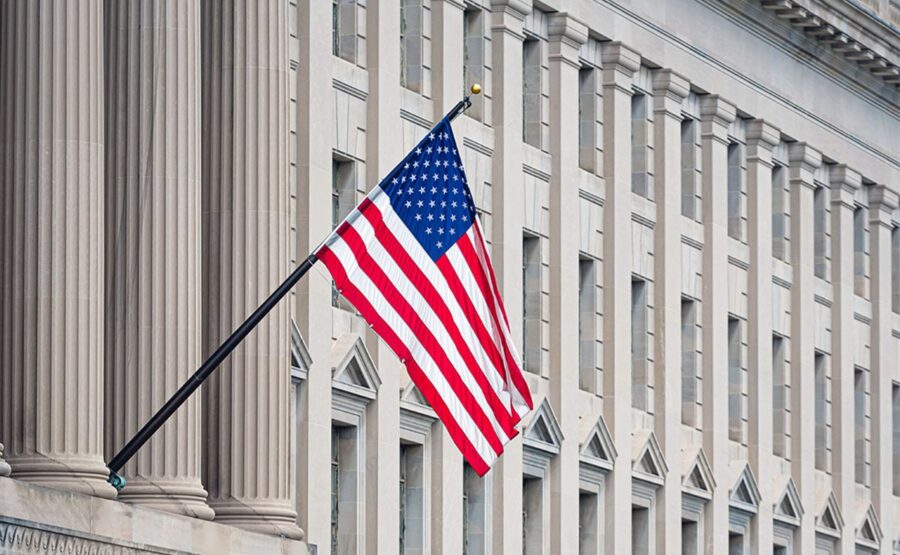
Embassies and consulates exist to help travelers in exactly this mess. The sooner you reach out, the faster you’ll be back on your feet.
Locating the Nearest Embassy or Consulate
Find the closest embassy or consulate. Most countries have easy-to-use websites or apps to help you locate them. Americans, check the U.S. Department of State’s site; Canadians, use the Government of Canada’s travel page.
When my friend lost her passport in Rome, we literally googled “Canadian consulate near me” and got a good address in seconds. Big cities almost always have a consulate. Ask your hotel or hostel staff—they usually have a list for emergencies.
Write down or snap a photo of the phone number, address, and office hours. Always double-check if you need an appointment, because walk-ins aren’t a sure thing.
Scheduling a Consulate Appointment
Now comes the paperwork: book your appointment. Some places allow walk-ins, but lots require appointments—especially post-COVID. Look for online booking or call ahead.
Bring every document you can find. Even if your passport was stolen, scrape together any backup ID: driver’s license, student card, digital or paper copy of your lost passport, flight tickets, and the police report. The more you show up with, the easier it goes. If you’re running on empty, just be honest—consular staff have seen it all.
If your flight is soon, mention it. Sometimes staff can bump you up the list for emergencies, especially if you’re polite and calm.
Communicating With Consular Staff
When you meet consular staff (in person or by video), have your paperwork ready and explain what happened. Be honest about your travel plans and urgency—they’ll help either way. Embassy staff almost always speak your language, so don’t stress about that.
Ask questions if you’re unsure. If you need emergency travel documents or help contacting family, just say so. I’ve seen staff go above and beyond—once in Bangkok, a crying backpacker was helped step by step, tissues included. Most embassy workers genuinely want to help.
Here’s what consular staff usually help with:
- Issuing emergency or replacement passports
- Advice if you’ve lost all ID
- Info on police, lawyers, or translators
- Contacting family or your home embassy
A little patience and kindness go a long way. Even if you’re frustrated, a small smile helps—staff are more likely to go the extra mile for you.
Preparing Necessary Documents for a Replacement Passport
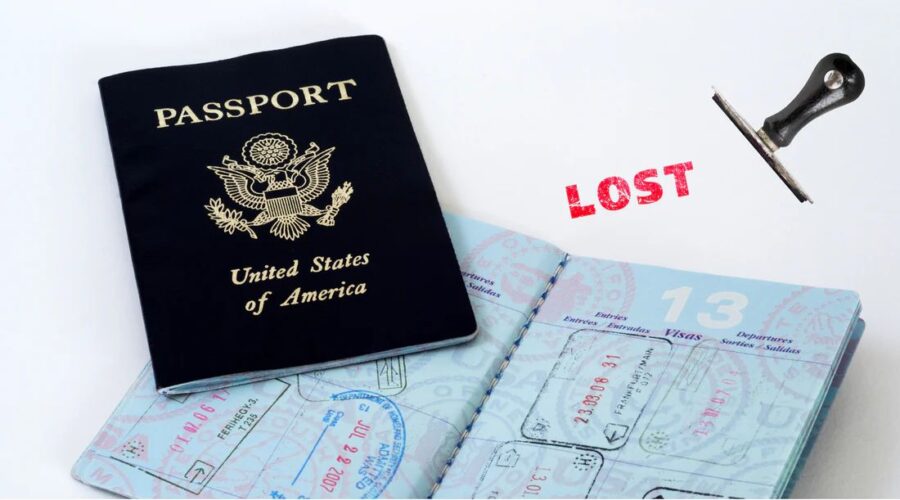
Getting your documents together feels like a pain, but a little organization makes the embassy visit way less stressful.
Proof of Identity and Citizenship
Digging up ID when your passport is gone is never fun. Look for anything with your name, photo, and birth date. Driver’s license? Great. Work or student IDs, or even credit cards with your name, can help.
For citizenship, try to find a copy of your birth certificate, naturalization certificate, or an old passport if you’ve got one stashed somewhere. Originals aren’t always required; clear scans or photos often work if you explain your situation. Totally empty-handed? Ask a travel buddy to vouch for you—embassies sometimes accept a witness statement.
Required Passport-Sized Photos
I always stash a few passport-sized photos in my wallet—you never know. If you lost everything, don’t panic. Even small towns usually have photo booths or studios that know the embassy rules.
Watch out for the requirements: look straight ahead, no glasses, neutral face, plain white background. Usually, you’ll need two, but get extras just in case. I’ve had to retake mine in a cramped booth in Rome because the background was “too cream colored.” Double-check the size for your country—U.S. passports need 2×2 inches, but always confirm.
Gathering Supporting Documents
Embassies might ask for proof of your travel plans or a reason for urgency. Bring travel itineraries, hotel bookings, or proof of onward travel—anything that shows you need to move soon.
If you filed a police report, bring a copy—consulates often require it. I’ve met too many travelers who skipped this and had to double back to the police. Print your replacement passport application (Form DS-11 for Americans) and any extra paperwork mentioned online. Here’s a quick checklist to keep you organized:
| Document Type | Purpose | Helpful Tips |
|---|---|---|
| Police Report | Proof of loss for embassy | Request an English version |
| Replacement Application | Official request | Fill it out in advance if you can |
| Travel Itinerary | Show need for urgency | Screenshots are often fine |
Bring more than you think you’ll need. Over-preparing beats scrambling for missing paperwork every time.
Filling Out Passport Loss and Replacement Forms
Losing your passport abroad? Yeah, paperwork is inevitable. The upside: the right forms will cancel your lost passport and get the replacement process rolling. There’s a method here, so tackling it step by step makes the chaos manageable.
Form DS-64: Statement Regarding a Lost or Stolen Passport
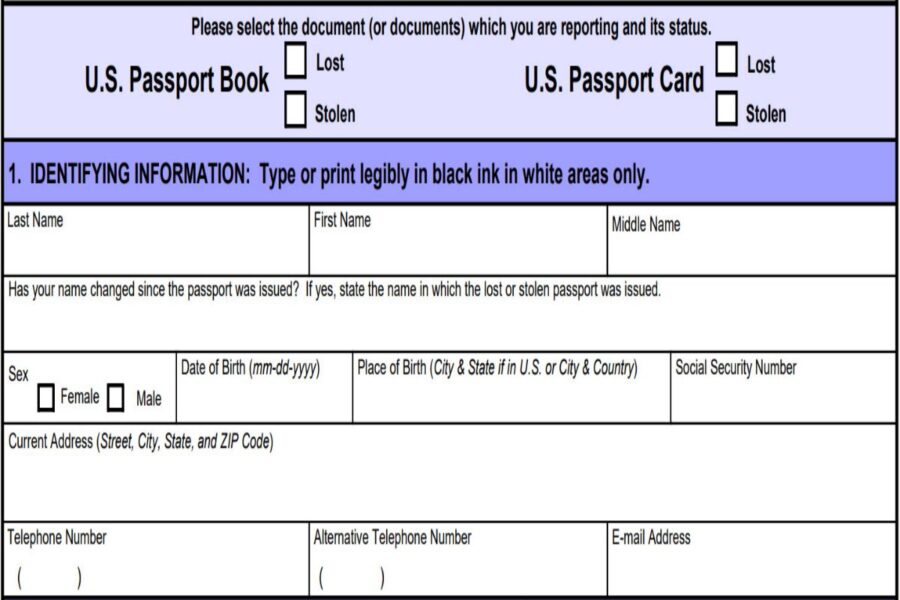
Here’s the “My passport vanished!” form. It’s straightforward, but you’ll want to fill it out carefully—no skipping those details. The DS-64 lets the U.S. government know your passport is missing or stolen, so they can cancel it fast.
You can fill out DS-64 online if you’ve got internet, or print it and go old-school with a pen. Either way, include dates, your last remembered location, and a short (but honest) story of what happened. Even if you lost it during a wild night out, just own it—no judgment.
Submit DS-64 with your replacement application, or just report the loss if you’re not ready for a new passport yet. But let’s be honest, most of us need a passport to get anywhere, so you’ll probably want to keep moving.
Form DS-11: Passport Application for a Replacement
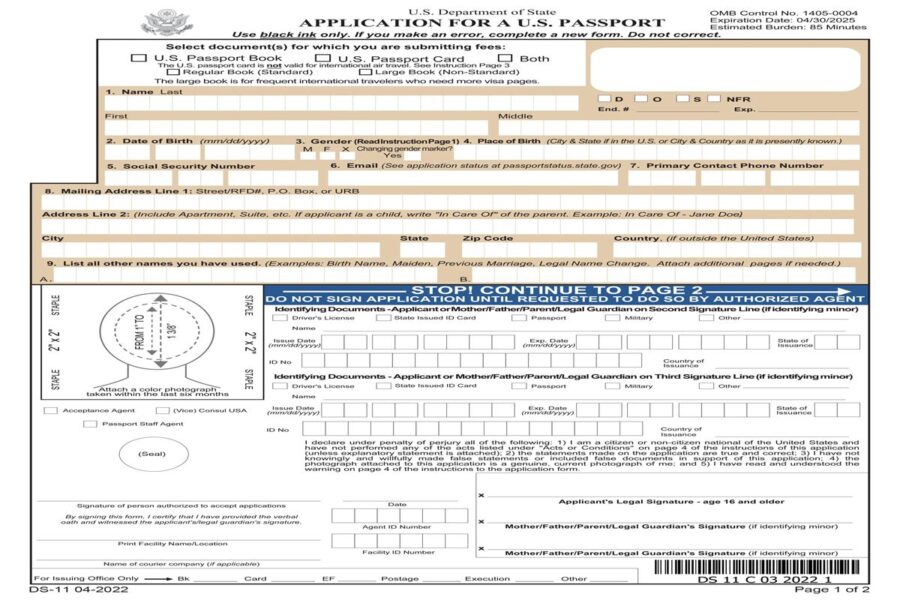
If you’re hitting the road again, you’ll need DS-11. This is the classic U.S. passport application—no frills, but you have to redo it if your original disappears.
Bring these:
- Completed DS-11 (don’t sign until embassy staff says so)
- A new passport photo (please, not that ancient one from five years ago)
- Proof of citizenship (birth certificate or a photocopy works)
- State-issued ID or a photocopy
Embassies and consulates usually have printers, but I always bring my own copies if I can—just in case. Don’t hesitate to ask questions. The staff have seen it all, and I’ve never felt judged. Expect some waiting, so pack a snack, maybe something you actually like.
Emergency and Temporary Travel Documents
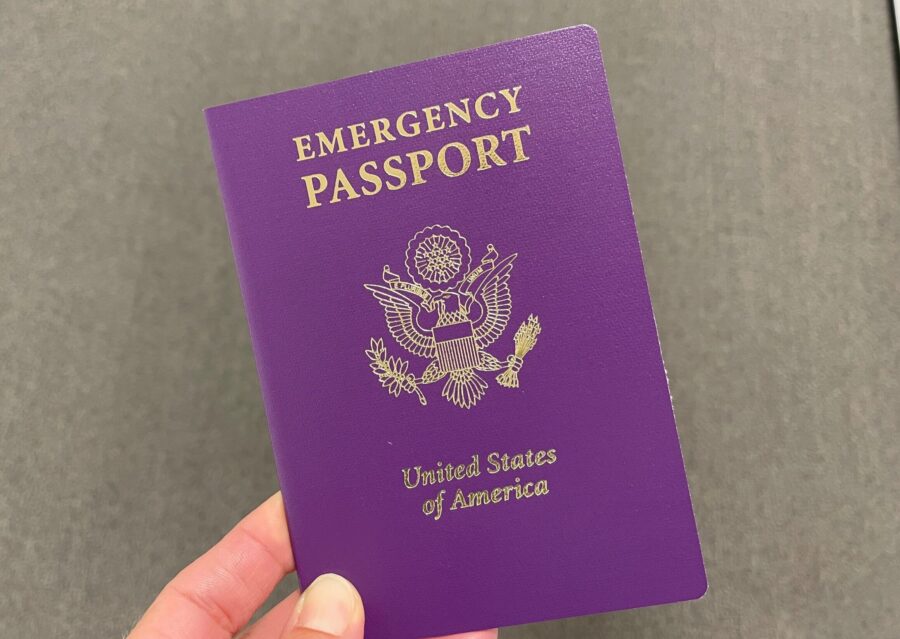
Losing your passport abroad is overwhelming, but you’ve got options. Knowing what separates emergency passports from temporary travel documents can help you decide quickly.
Obtaining an Emergency Passport
Emergency passports are the go-to fix for U.S. citizens stuck without their usual passport. The embassy or consulate issues these for urgent travel, usually just to get you home. They’re not fancy—sometimes just a few pages with your photo and info—but they work.
You’ll need to visit the embassy in person. Make an appointment, and bring ID, a police report if you have one, and a couple of passport photos. If you have a copy or digital scan of your lost passport, that’s a lifesaver.
Fees are about the same as a regular replacement. Just remember, emergency passports are temporary. Swap them for a regular passport once you’re back in the U.S. Don’t drag your feet—airlines and border officials sometimes get confused by these, especially where they’re rare.
Applying for a Temporary Travel Document
If you’re really in a bind—like you need to leave sooner or can’t get a full emergency passport—ask about a temporary travel document. Not every embassy offers these, but it’s worth checking. Sometimes they call it an “emergency travel document” or just “travel document.” It’s not a standard passport, and it might only let you travel directly back to the U.S.
You’ll need to talk to the embassy or consulate for these too. Sometimes they’ll accept alternate ID or a police report. Processing can be quick—occasionally within 24 hours if you’ve got your paperwork together.
I’ve met people who used these to transit through more than one country, but always double-check if your route is allowed. Some airports aren’t friendly to these documents. And remember, you’ll need proper ID once you’re home, so plan to replace your actual passport right away.
Dealing With Travel Plans and Itinerary Limitations

Losing your passport can flip your travel plans upside down. Suddenly, you’re stranded, making frantic calls, and scrambling to rearrange everything.
Adjusting Travel Itinerary Due to Passport Loss
When your passport goes missing, you’ll probably have to pause or totally shift your plans. You can’t board international flights without valid ID, so say goodbye to those complicated layovers or bucket-list tours.
Rescheduling is rarely cheap or quick. You might need to cancel or delay flights, trains, and hotels. I once lost my passport and ended up camping by the consulate, living off airport snacks—so brace yourself for curveballs. Use booking platforms with flexible flight options, like cheap flights, to soften the blow.
When you call airlines or hotels, stay calm and explain you’ve lost your passport. Sometimes, a little honest panic gets you extra help. Update your accommodations and activities so nobody thinks you just disappeared.
Informing Your Provider and Travel Insurance
Notify your airline, hotel, and travel insurance company right away. Tell your airline you can’t travel as planned and ask about emergency policies—some offer special waivers or rebooking in these situations. When you call your hotel, request an extension if you need it. Hotels sometimes get more flexible if you booked direct and explain the mess.
Don’t skip your travel insurance. Good coverage can help reimburse extra nights, new flights, or stolen stuff. When I filed a claim, my insurer walked me through the process and even pointed me to the nearest consulate. Always save your police report and receipts—you’ll need them.
If you booked tours or activities through an app, reach out fast to see if you can get a credit or reschedule. Keep your confirmation numbers handy. And if you end up needing to rebook flights, using alert services like flight deals can save you cash. Nobody expects to lose their passport, but a little quick thinking helps.
Passport Fees and Payment Advice
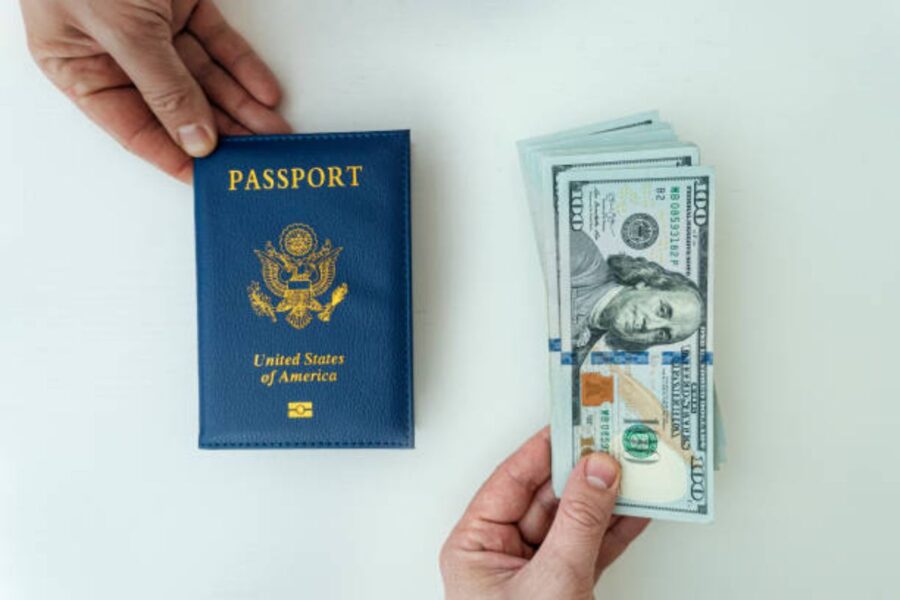
Losing your passport isn’t just a hassle—it’s an expense. Knowing the fees and how to pay makes the ordeal a bit less painful.
Replacement Passport Fees and Accepted Payment Methods
A replacement passport usually costs the same as a new one at home—roughly $130 for adults, but it goes up if you need it expedited.
Embassies and consulates generally accept U.S. dollars, sometimes local currency, and sometimes credit cards. Don’t count on every method working. Smaller posts might turn down cards or even local cash.
If you can’t pay upfront, consular staff might let you call friends or family, or help you arrange a money transfer. Always ask what payment options work before you show up, so you don’t waste time.
Handling Unexpected Expenses Abroad
Passport fees aren’t the only surprise. You might need extra passport photos, police reports, or last-minute travel to the nearest consulate. These add up—fast.
If you’re on a tight budget or just shocked by the costs, travel insurance with emergency help can be a lifesaver. Some policies cover passport loss and replacement. If you want backup for these headaches, getting travel insurance before you go is worth it.
Keep a backup bank card, some U.S. cash, and digital copies of key documents in your email. I learned this the hard way—once got stuck in a consulate with a dead debit card. Not my best day! Planning for hiccups isn’t glamorous, but it’s the best travel hack I know.
Tips to Prevent Passport Loss for Future Trips
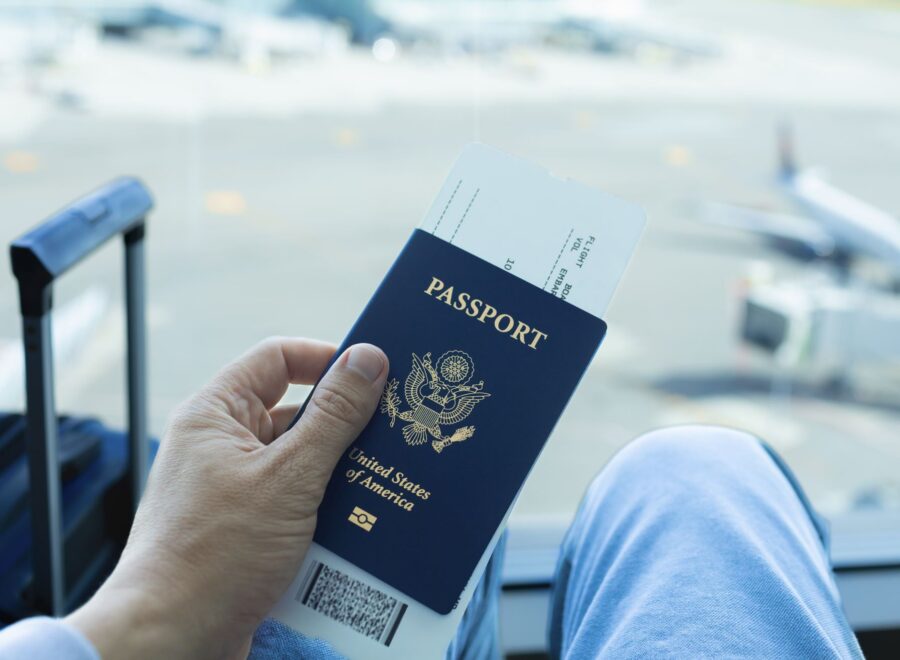
Keeping your passport safe isn’t just about hiding it deep in your bag. It’s about building habits and using smart tools to lower your risk.
Using Secure Storage and Digital Backups
That sinking feeling when you can’t find your passport? Been there. Choosing secure storage can save you a world of stress.
Try lockable bags or anti-theft pouches. I swear by a hidden money belt—or even a scarf with a zipper pocket. At hotels, stash your passport in the room safe if you trust it. For luggage protection, check out shops that specialize in travel gear.
I always snap a photo and store a digital copy of my passport in a password-protected folder or secure cloud account. If you lose the real thing, a backup makes proving your identity way easier.
Don’t overlook luggage storage services in big cities—they’re clutch if you’re not ready to check in yet. Sites that offer simple luggage storage options let you explore without dragging your stuff around.
The Benefits of the Smart Traveler Enrollment Program
For U.S. citizens, enrolling in the Smart Traveler Enrollment Program (STEP) is smarter than most people realize. Once, when I was trekking in South America, my mom got a government alert about protests in my area—thanks to STEP. Embassies can reach you in emergencies, and if you lose your passport, they already have your info.
Signing up is quick and free. Just enter your travel dates and contact info online. If things go sideways—lost passport, political unrest, surprise illness—the embassy can help much faster. It won’t prevent passport loss, but it gets you help sooner.
Even if you think nothing will happen, registering for STEP is one of those “better safe than sorry” moves that can save you a ton of hassle.
Keeping Emergency Contact Information Handy
There’s something reassuring about having a notecard with emergency contacts in your wallet. I do it every trip—old school, but your phone can die or your bag can vanish with your numbers inside.
Write down the local U.S. embassy or consulate number (or your own country’s embassy), a family number, and your hotel or tour operator. Jot them down physically, but also save them digitally with offline access, just in case.
When you’re stressed—like after losing your passport—knowing who to call without scrambling for numbers can calm you down and get help started quickly. It’s a tiny step, but trust me, it matters.
Renewing or Replacing Your Passport After Returning Home
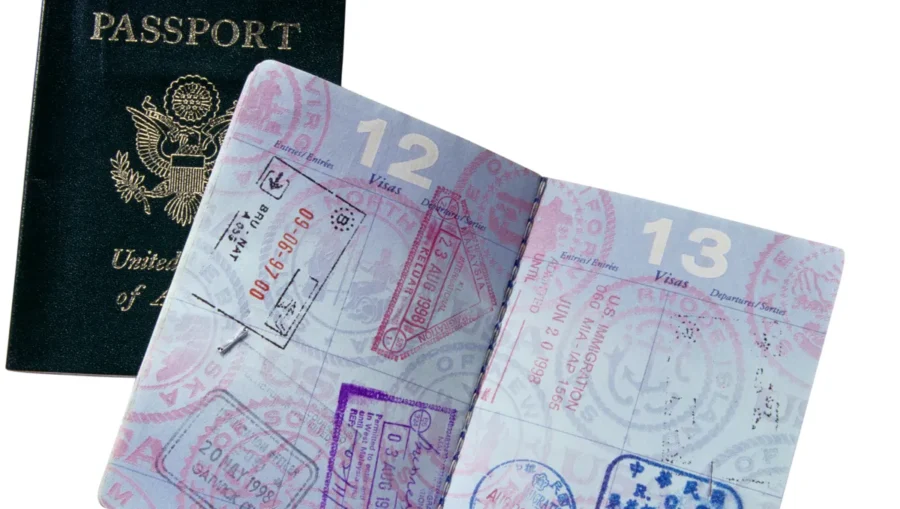
Coming home without a valid passport feels embarrassing or stressful, but you’d be surprised how often it happens. The process for renewing or replacing a lost passport in the U.S. is clear-cut, but you’ll still need a little patience.
Applying for Passport Renewal
So you’ve made it back—phew! Now comes the less glamorous part: paperwork. If your passport disappeared or someone swiped it, you can’t just use it again, even if you stumble across it later. You’ll need a brand new one, which means grabbing Form DS-11 and heading to a passport acceptance facility in person.
Bring along proof of citizenship (think birth certificate or naturalization certificate), a government-issued photo ID, and a fresh passport photo. If you reported your passport lost or stolen, definitely bring that confirmation or case number too.
Here’s something a lot of folks miss: if you’re in a hurry, you can pay extra for expedited service—either by mail or at a passport agency if you’re traveling soon. Standard processing? Still takes a few weeks, so don’t cut it close.
Honestly, it’s routine, but don’t hesitate to ask for help at the counter. I once waited forever, only to realize I’d filled out the wrong version of the form—double-check those details before you go!
Monitoring Passport Delivery and Status
After you submit everything, the waiting game starts. Most travelers get antsy wondering when the new passport will actually show up.
You can track its status online through the State Department. They’ll send updates as your application moves along.
You’ll need your last name, date of birth, and the last four digits of your Social Security number to check on your passport. If you paid for expedited service, the wait should be shorter, but keep an eye on things just in case.
I always sign up for email or text alerts—nothing beats that “your passport is on the way” message. If you’ve got travel coming up, check your mail every day. Hang onto the delivery envelope; sometimes, authorities want to see proof of the renewal or replacement process if you travel again. Sounds a bit much, but trust me, it’s saved me before.
Frequently Asked Questions
Losing your passport far from home is a nightmare, but knowing what to do makes it less overwhelming. Quick action and a clear plan really help, especially when everything feels chaotic.
What immediate steps should I take after realizing my passport is lost while abroad?
First off, don’t panic—but move fast. Find the nearest U.S. embassy or consulate and report the loss right away. They’ve seen it all—my friend lost his in Spain and the embassy had him sorted and back on a train the next day.
Make a police report, even if it feels pointless. Some countries won’t help you without it. Keep a copy for yourself and to show embassy staff.
What are the costs associated with replacing a lost passport in a foreign country?
You’ll pay about the same as you would at home. Last I checked, it’s a bit over $100 for adults, but prices do shift around. If you can’t pay, the embassy might contact friends or family to help—but don’t count on a freebie.
Remember, you could face local fees for things like photos or notary services. Carry some cash, just in case.
What specific forms and documents are required to obtain a replacement for a lost passport overseas?
You’ll fill out Form DS-11, plus a lost passport form (DS-64). Bring any photo ID you have—driver’s license, or even a photocopy of your passport if you packed smart. You’ll need a couple of passport-style photos too.
If you don’t have any ID, the embassy might ask a U.S. citizen traveling with you to vouch for you. I once did this for a friend—felt strangely official!
Can you explain the process and timeline for acquiring an emergency travel document if I have imminent international travel plans?
If you’ve got a flight soon, tell staff immediately. You might score an emergency passport in a day or two—short-term but gets you home.
Embassy offices do their best, but hours and efficiency really depend on the city. Don’t wait until the last minute; get there early, and bring every document you can think of. Sometimes, smaller cities mean shorter waits—worth considering.
What are the consequences of traveling without a passport due to its loss in another country?
You can’t legally cross most borders without a passport. Airports won’t let you board international flights, either. Local police could fine you if you can’t provide ID.
Some countries are stricter than others, so play it safe. Get your paperwork sorted before you try to move on.
How can a U.S. citizen re-enter the country without a passport after losing it abroad?
So, you’ve lost your passport somewhere out there—maybe it fell out of your bag, or you just can’t remember where you last saw it. If you show up at a border or airport empty-handed, U.S. officials generally step in to help, but brace yourself for a slow process. They’ll ask a bunch of questions, and you’ll need to prove who you are, sometimes in ways that feel a bit old-school.
Honestly, it’s far less stressful to swing by the nearest U.S. embassy or consulate and ask for an emergency passport before you try heading home. Still, if you end up at the border without one, you won’t be stuck forever. Just be ready for a long, possibly awkward day explaining your story to a parade of uniformed folks who’ve heard it all before.



